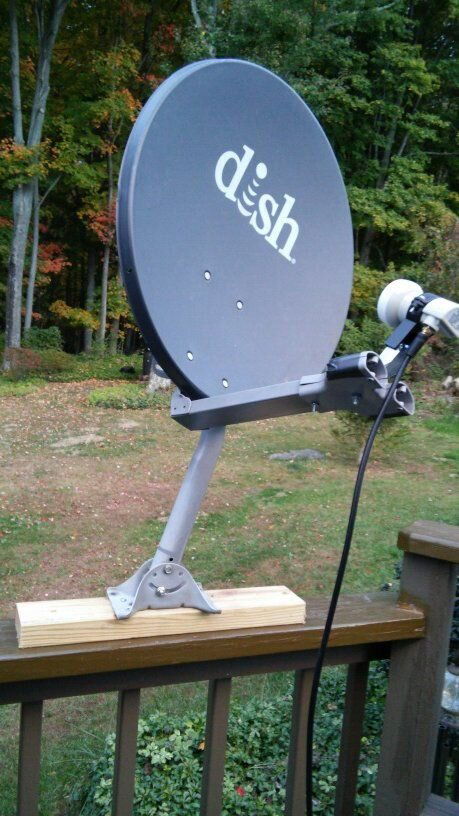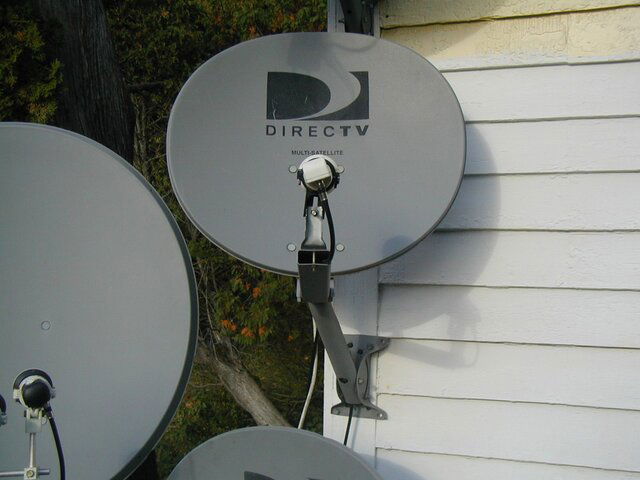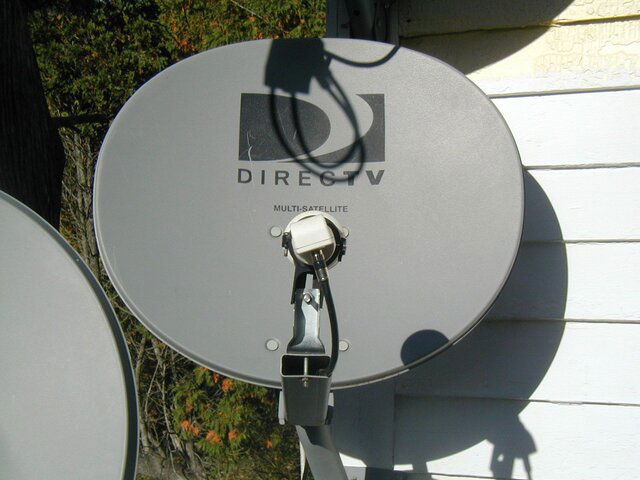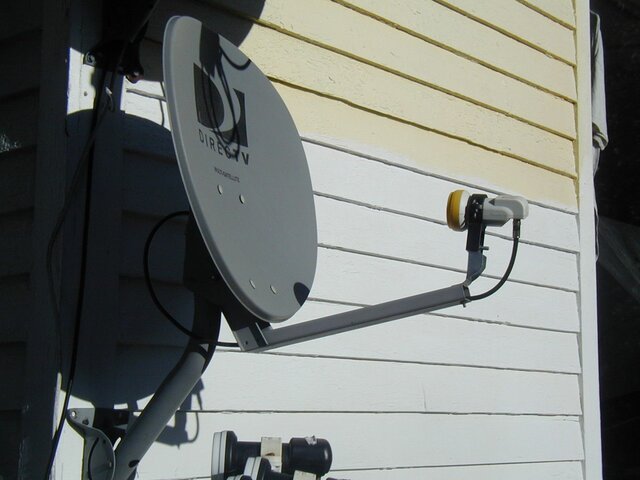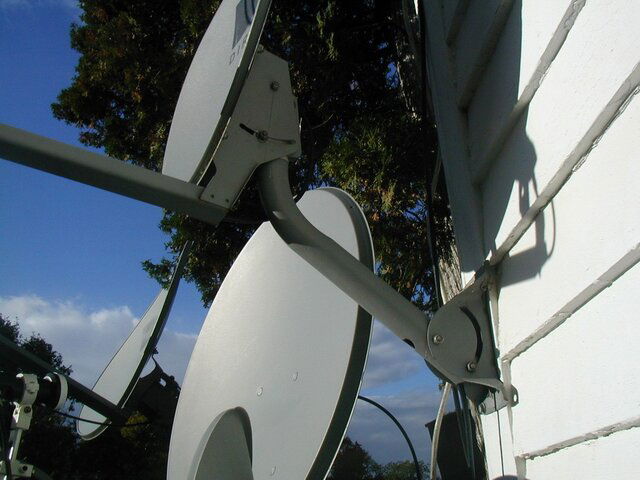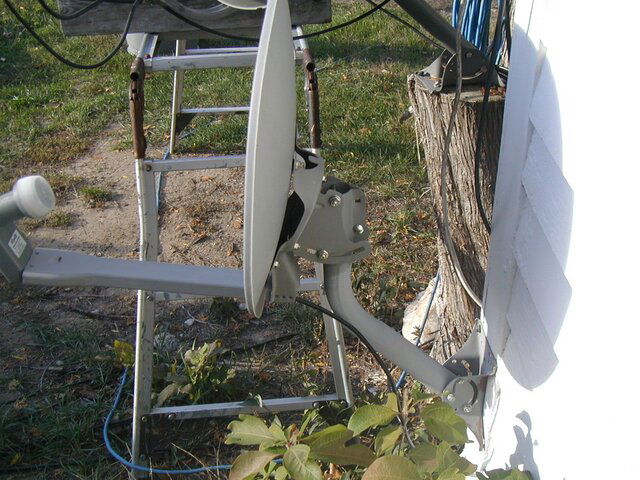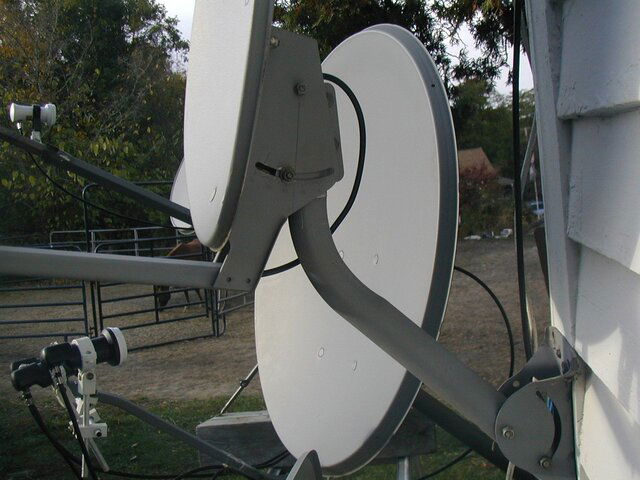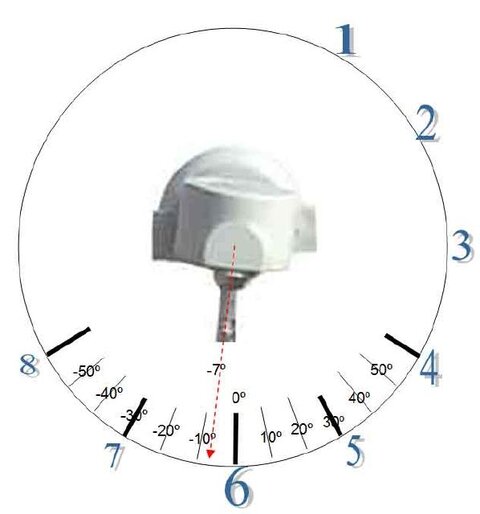Agree with Fred555, the more plumb you can get the pole to be, the easier it will be to aim and better Q obtained. It's hard to tell from the picture if the top of the pole is plumb or not because those poles have the bend in them and the top can't be seen in the picture, but it does look like the part of the pole the dish mounts onto isn't plumb. If the pole isn't plumb, that will throw off the elevation.
It might also be easier for you to set the dish skew to zero [90] and set the skew by rotating the LNB in the mount instead of skewing the whole dish, that way the dish arm will be pointing directly at whatever azimuth you're aiming for.
The elevation #'s on the side of the mounts aren't always accurate, some of mine here are way off. I generally point the dish in roughly the azimuth/elevation I want and then try up/down, usually I'll see better signal strength/and or Q and have a idea of which way to go, but I use a FS1 meter, which is a lot easier than using a receiver's meter.
If you want to try for the CCTV's on 95W to get into the general area of 97W and then move over to 97W, the transponder info is: 11780/H/20760. Dishpointer.com will have skew, elevation and azimuth. If you can lock 95W, then 97W will be just a bit over to the right and up a tad.
You locked 97W once, so you should be able to again, once you lock onto it again, then tune for best Q on whatever transponder you can get by tweaking elevation, azimuth and skew, then see if you have any Q on the RTV transponder and if you do, tweak on that one the same way.
On the small dishes, the slightest adjustment can make a world of difference! The distance of the LNB to the dish and where the LNB is mounted on the arm can make a huge difference, I've found that for some reason on the smaller dishes that mounting the LNB right in the center of the arm isn't always best, sometimes off to the left or right a bit works better. You have to play around moving it and watch Q as you do to find out where the sweet spot is. As Titanium mentioned before, you can bend the mount forward/back and watch for better Q, that can make a big difference, gently though, I've broken those mounts before while bending them.


